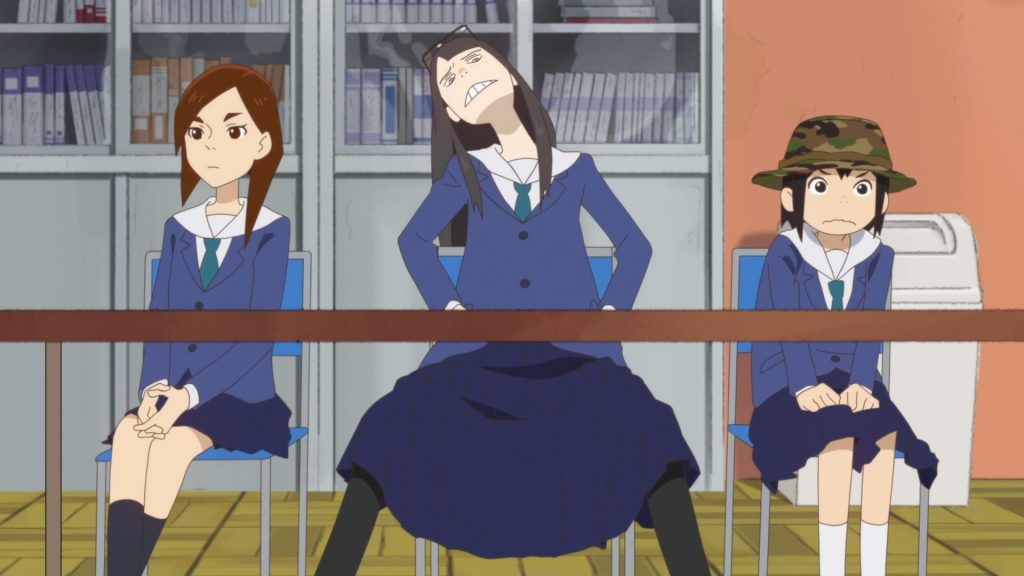Anime is a marketing tool used by businesses.
The sooner you understand and accept this, the sooner you’ll be able to answer many questions people still ask about things that have been part of the medium for decades.
If you want to understand anime, you need to understand business and marketing more than you need to understand film, or literary theory, or anything like that.
Anime is built by marketers and businesspeople, not academics. The art is in service to revenue. It has to appeal to a consumerbase. It has to entice them to buy.
This shouldn’t be an uncomfortable truth. All of the immersive worlds, compelling characters, and gripping stories we’ve come to love were a result of companies trying to make the best product possible to sell to people. We should be applauding that. Supporting it.
Years ago, detractors of moe criticized the style, unable to fathom how it could appeal to anyone. They didn’t understand marketing.
The business model behind anime sets it up as a long-term marketing investment for the companies involved in production committees. The idea of “moe anime” being cheaply made for a “quick buck” is a lie. Most anime turn a profit eventually. The involved companies know this. Everyone wants to make a hit, sure, but everyone’s also prepared to wait potentially years to turn a profit off of a show.
“But sales numbers don’t mean quality,” they say.
True, but they do mean the show did something right. That’s worth investigating.
How did the Girls und Panzer movie become the top-grossing film in Japan its opening weekend? It’s an important question that we can’t answer without being willing to acknowledge business. Unless we acknowledge business and money, we’re left having half a conversation and asking stupid questions.
Not to mention if we want to solve problems in the industry, we need to understand the systems in place. Animator working conditions are a well-understood problem, but unless we understand the business behind anime, we’re left making brainless suggestions like “maybe they should make less anime.”
This is why people try to battle the demographic that spends hundreds of dollars on cute anime girl products all the time. They think anime is a zero-sum game. That for every cute girl anime that gets made, an anime they would’ve liked didn’t get made.
When, if we understand business, we know that the cute girl anime probably enabled the creation of different anime later on through its success. The folly of relying on critical perspectives is we miss the consumer perspective, which matters a whole lot more.
Anime is created for consumers, not critics.
The sooner we understand that, the sooner we can start having real conversations about it.
